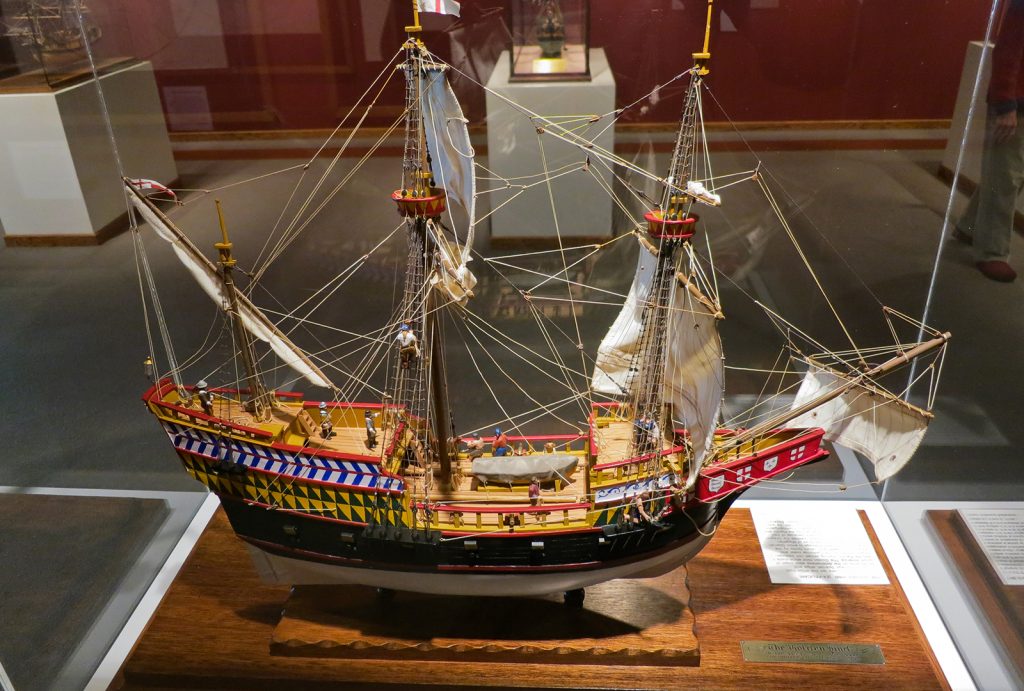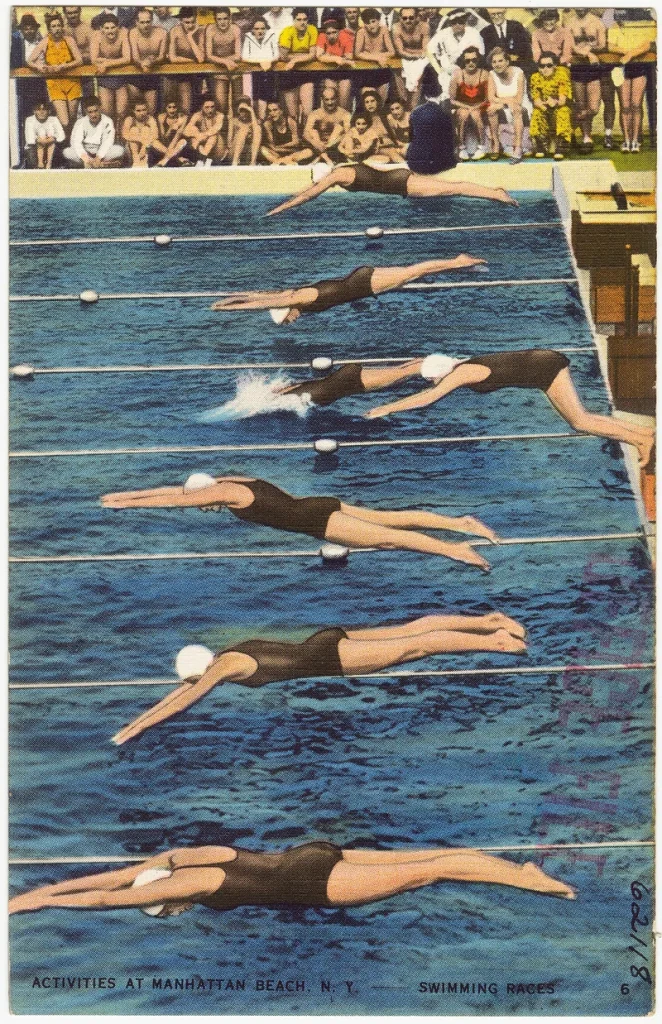Sailing in the Olympics: 6 Navigating the Waters of Competition

Introduction
Sailing, a sport that combines skill, strategy, and the forces of nature, has been a prominent feature of the Olympic Games since its inception. With its roots deeply embedded in maritime tradition, Olympic sailing offers a fascinating blend of competition and craftsmanship, where athletes navigate the waters with precision and grace. This article delves into the history, evolution, and excitement of sailing in the Olympics, highlighting key moments and the unique aspects of this thrilling sport.
Historical Overview
Sailing made its Olympic debut in the 1900 Paris Games, marking the beginning of a longstanding tradition. Initially, the sport was relatively informal, with just a few classes and minimal standardization. Over the decades, Olympic sailing has evolved significantly, incorporating more sophisticated equipment and diverse classes.
The early Olympic sailing events were contested in various types of boats, including single and multi-person vessels. The sport gained momentum, leading to the establishment of standardized classes and a more structured competitive framework. Today, sailing is a well-organized and highly competitive discipline, showcasing some of the world’s best sailors.
The Evolution of Sailing Events

The sailing events at the Olympics have undergone considerable changes over the years. Originally, there were only a few boat classes, but as the sport grew in popularity and technology advanced, more classes were introduced. Here’s a look at how Olympic sailing events have evolved:
- Early Years (1900-1920s): The early Olympic sailing events featured a variety of boats and minimal standardization. The focus was on promoting the sport and showcasing different types of sailing vessels.
- Standardization (1930s-1960s): As the sport gained popularity, the International Sailing Federation (now World Sailing) began to standardize classes. This period saw the introduction of iconic classes such as the Star and Finn.
- Modern Era (1970s-Present): The introduction of new classes like the Laser and the 49er, along with advancements in sailing technology, marked a new era for Olympic sailing. The sport has continued to evolve, incorporating new disciplines and formats to keep pace with technological advancements and changing trends.
Olympic Sailing Classes
Olympic sailing includes a range of boat classes, each with its unique characteristics and requirements. Here are some of the prominent classes featured in recent Olympic Games:
- Laser: A single-handed dinghy known for its simplicity and speed. The Laser class is highly competitive and requires exceptional skill and tactical awareness.
- 470: A two-person dinghy class that emphasizes teamwork and coordination. The 470 has been a staple of Olympic sailing for decades and is known for its challenging sailing conditions.
- 49er: A high-performance skiff designed for two sailors. The 49er class is known for its speed and agility, making it one of the most exciting and visually striking events in Olympic sailing.
- Nacra 17: A mixed-gender catamaran class introduced in the 2016 Rio Olympics. The Nacra 17 combines speed and teamwork, with a focus on dynamic sailing techniques and coordination.
- Finn: A single-handed dinghy class is known for its emphasis on physical strength and endurance. The Finn has been a part of the Olympics since 1952 and remains a challenging and prestigious event.
- RS:X: A windsurfing class that requires sailors to harness the power of the wind on a board. The RSclass emphasizes agility and balance, with sailors navigating a variety of wind conditions.
Key Moments and Iconic Performances
The Olympics have witnessed many memorable performances in sailing, showcasing the skill and determination of some of the sport’s greatest athletes. Here are a few standout moments:
- Paul Elvstrøm (Denmark): Known as one of the greatest sailors in history, Elvstrøm won four consecutive Olympic gold medals from 1948 to 1960 in the Finn class. His dominance and innovation left a lasting impact on the sport.
- Ben Ainslie (Great Britain): Ainslie is one of the most successful Olympic sailors of all time, with four gold medals and one silver in the Laser and Finn classes. His achievements have solidified his reputation as a sailing legend.
- Sailing’s Inclusion of Mixed-Gender Events: The introduction of the Nacra 17 class and the inclusion of mixed-gender teams represent a significant milestone in the evolution of Olympic sailing, promoting diversity and inclusivity in the sport.
- 2016 Rio Olympics: The Rio Games showcased dramatic finishes and intense competition across various classes. The thrilling races and unexpected outcomes added to the excitement of Olympic sailing.
The Appeal of Olympic Sailing
What makes Olympic sailing so captivating? Several factors contribute to the sport’s appeal:
- Skill and Strategy: Sailing is a sport that requires a combination of technical skill, strategic thinking, and adaptability. Athletes must navigate the wind and water, making split-second decisions that can determine the outcome of a race.
- Dynamic Conditions: The ever-changing nature of sailing conditions adds an element of unpredictability to the sport. Sailors must adjust their tactics based on wind speed, direction, and water conditions, creating a constantly evolving challenge.
- Teamwork and Individual Excellence: Many sailing classes require a high level of teamwork, with crews working in unison to achieve optimal performance. At the same time, individual classes like the Laser and Finn highlight the athlete’s skill and determination.
- Visual Appeal: The sight of sleek sailing boats gliding across the water, combined with the strategic maneuvering and tactical battles, makes Olympic sailing visually striking and engaging for spectators.
Training and Preparation

Succeeding in Olympic sailing requires rigorous training and preparation. Sailors spend countless hours honing their skills on the water, as well as in physical conditioning and mental preparation. Here’s an overview of what goes into preparing for the Olympics:
- On-Water Training: Sailors practice maneuvers, race strategies, and sailing techniques to build their skills and adaptability in various conditions. Training often includes simulating race scenarios and analyzing performance data.
- Physical Conditioning: Sailing demands significant physical strength and endurance. Sailors engage in strength training, cardiovascular workouts, and flexibility exercises to enhance their overall fitness and performance.
- Mental Preparation: The psychological aspects of sailing are crucial for success. Sailors work on mental toughness, focus, and stress management to stay sharp and resilient under pressure.
- Equipment and Technology: Staying updated with the latest equipment and technology is essential. Sailors often work with coaches and technicians to fine-tune their boats and optimize performance.
Future of Olympic Sailing
The future of Olympic sailing looks promising, with ongoing technological advancements and growing interest in the sport. The inclusion of new classes and formats, along with efforts to promote diversity and inclusivity, will continue to shape the evolution of Olympic sailing.
Innovations in boat design and performance technology will likely lead to even more exciting and competitive events. As the sport continues to evolve, Olympic sailing will remain a showcase of athletic excellence, strategic prowess, and the enduring allure of maritime competition.
Conclusion
Olympic sailing is a sport that beautifully blends tradition, skill, and competition. From its historical beginnings to the thrilling races of today, sailing remains a highlight of the Olympic Games. With its rich history, iconic performances, and dynamic appeal, Olympic sailing continues to captivate audiences and inspire athletes around the world. As the sport navigates toward the future, it will undoubtedly maintain its status as one of the most exhilarating and esteemed events in the Olympics.




